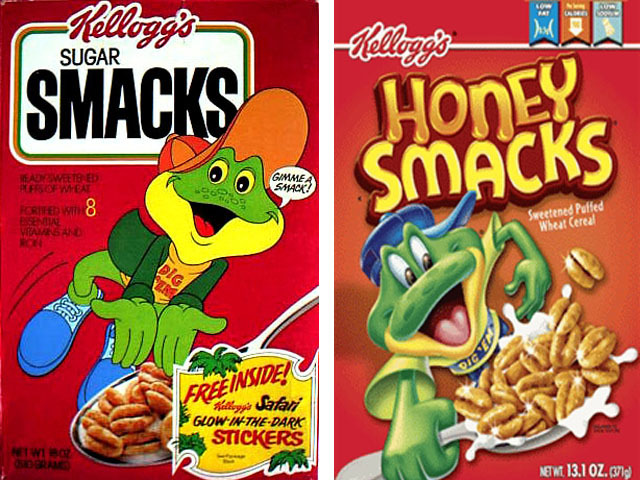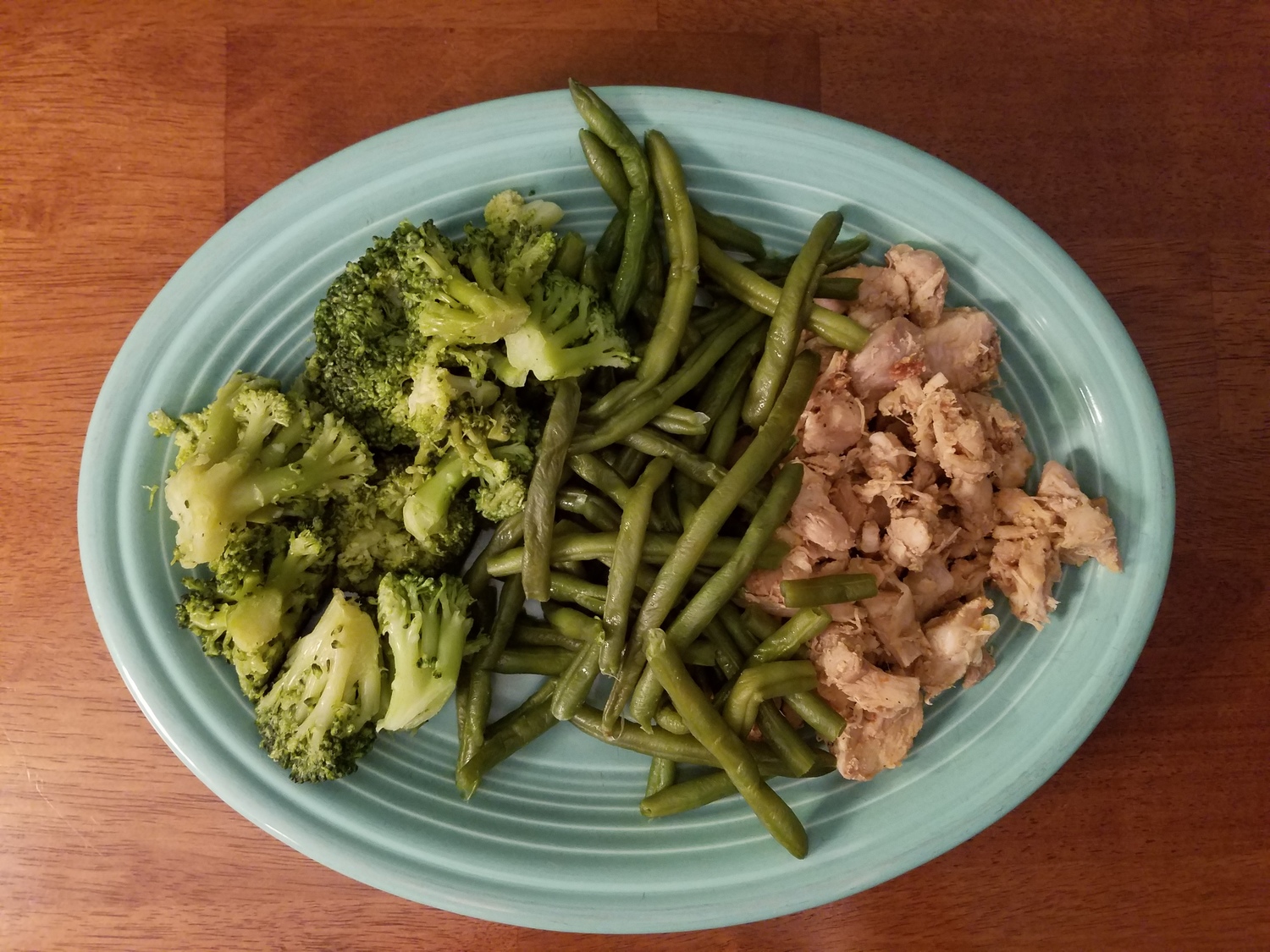Who doesn’t love a great dessert once in a while? A good serving of sweetened carbs topped with a sugary sauce. Some glazed fruit tucked into pastry dough. Or maybe you prefer a thick, tall shake.
You eat well most of the time, so allowing yourself the occasional indulgence shouldn’t be a problem, right?
Right. Unless it happens every day. First thing in the morning.
Take a look at the average American breakfast and you’re likely to see something that looks more like dessert. Toaster pastries, breakfast bars, waffles and pancakes drowning in syrup, donuts, croissants, sugary cereals, colored milk, fruit turnovers. All washed down with a tall glass of fruit juice. Or a milkshake masquerading as a green smoothie. Sugar served with a side of sugar and topped with sugar. For those of you who are all about efficiency, you might want to save yourself the chewing and just administer a glucose drip in the morning.
Even when manufacturers repackage some of these items in the name of health, it’s all just carbs and sugar in different clothing. There are countless variations of dressed up granola bars, refined oatmeal, upscale yogurt, and gluten-free everything. But to the savvy consumer who takes the time to read and understand labels, these marketing ploys are nothing more than a thinly veiled disguise.
There was a time not that long ago when our breakfast was called what it is. If you grew up before the dangers of excess sugar consumption went mainstream, you probably remember Sugar Smacks, Sugar Pops, and Sugar Crisp cereals. These were eventually repackaged as Honey Smacks, Corn Pops, and Golden Crisp to downplay their high sugar content. But as Shakespeare once said, A cereal by any other name would taste as sweet. Or something like that.

The point is that as much as the packaging might change over the years, we are still eating the same junk breakfast we always have. In fact, with the advances in chemical food enhancers and artificial sweeteners, in addition to sugar in all its various forms, it can be argued that we are worse off today than we’ve ever been.
I’m all for enjoying the food I eat. I just happen to think that we can do so without consuming copious amounts of sugar and carbs in the process.
It’s ironic that many people call breakfast the most important meal of the day, yet seem to give very little regard to what it’s actually made up of. The key to composing a healthy breakfast is to abandon the mindset that it has to have some component of sugary sweet carbs. Starting your day with a high carb load leads to the inevitable mid-morning crash and sets you up for a continuous cycle of refueling with sugar.

Take a minute to recognize the absurdity of how most of us limp through a typical day. Even when we eat a big breakfast, we can’t even push through until noon without some type of pick-me-up! It’s not your body that’s weak. It’s the tainted fuel that you’re putting into it.
So what should breakfast look like?
Just like any other healthy meal.
Properly sourced eggs and bacon are a good start. In other words, pastured eggs and free foraging pork. But just because bacon and eggs are classic breakfast components, don’t think those are your only options. Work on developing a taste for meals that you would typically reserve for lunch or dinner. I often have leftovers from the night before, whether it be chicken and kraut, a roast with veggies, or a fish fillet on top of salad greens.
Think about composing your breakfast plate just like any other. Visually the bulk of your plate should be veggies, about ¾ or so. Ideally, these would be green leafy or other low starch veggies. Try to rotate through as many different vegetables as possible week to week. Don’t be afraid to step outside your comfort zone and work in some exotic produce that you’ve never tried before. Use herbs and spices to doctor up any veggies that you don’t initially fall in love with. Top them with some grass fed butter or avocado oil to enhance the flavor and meet your requirements for healthy fats.

Protein will make up the other ¼ of your plate. Any whole food protein goes, but preferably locally raised, organic, and grass fed if possible. Eating fish or chicken or roast for breakfast only sounds weird because you’re not used to doing it.
A side of avocado, coconut flakes, nuts, or nut butter can also help to boost your healthy fat intake and carry you through to lunch without feeling hungry. Remember, dietary fat doesn’t make you fat, providing you’re eating the right type. Excessive carb consumption makes you fat. If you’re still craving sugar early in the process of revamping your breakfast, a small side of berries to finish your meal can really hit the spot.
Do your best to give your breakfast the same attention to detail as the rest of your meals. This might mean preparing some of your food the night before or on the weekend instead of grabbing some prepackaged Frankenfood as you rush out the door. Cleaning up what for many is the dirtiest meal of the day can be the first step to eliminating the nagging health issues that have been plaguing you for so long. At the very least, it can help you rediscover that lost energy while losing some of that unwanted body fat.


